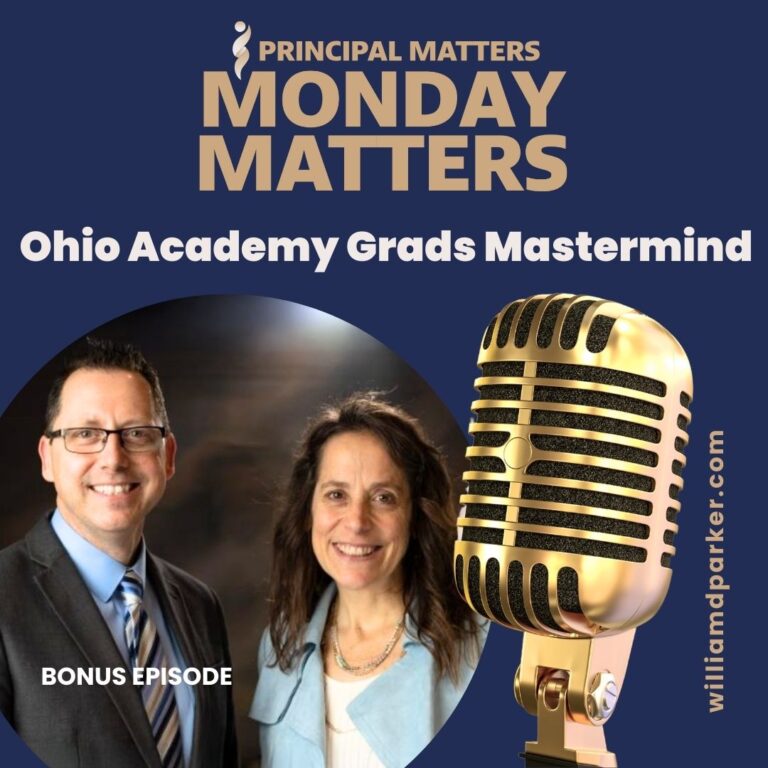Last Friday our basketball teams played at home. Unfortunately, we lost both varsity games. But the night was not a loss.
At half time, our athletic directors introduced a team of student athletes who had returned with medals from their Special Olympics games.
The student section and cheerleaders created a human tunnel for them to run through. As each name was called, a boy or girl would run through the tunnel or be wheeled through by a proud mom or dad.
They stood in center court, smiles beaming, hands waving at the crowd. It was their moment, and the entire crowd gave them a standing ovation.
Creating a culture of acceptance happens when you recognize that the differences in others are often worth celebrating.
A Dancing Boy
Last year I met a new freshman student who has some challenging disabilities. But he loves to dance. I noticed one Friday at lunch that he was standing to the side of the cafeteria dancing to the tunes of his ear-buds. The students nearby were both intrigued and uncomfortable.
For the next couple of weeks, he continued this same behavior on Fridays. One day I asked him if he wanted me to play his tunes on the sound-system in the cafeteria so we could enjoy the music with him as he danced.
That day he wore a fedora hat and to the tune of Michael Jackson’s Beat It, he boogied-it-down at lunch. Our students clapped and cheered. Some of them even started giving dollar bill tips.
Steps Toward Acceptance
Modeling acceptance is obviously a powerful tool for encouraging a healthy school culture, but there are other school strategies that can help. Here are three:
1. Co-Teaching
Part of building a culture of acceptance is integrating students with those whom were once placed in the shadows. Our school has become a strong proponent of co-teaching. Many students receiving special services for learning disabilities, for instance, are placed in classrooms with other students while two teachers (one trained in special education) provide instruction. We’ve seen promising results.
2. Mainstreaming
We still have students that require direct instruction because of their special needs. But these students are still exploring other classes like art and music. Last semester I watched a Christmas concert where one of our special students sang in the choir. He has enormous fear of crowds, but he stood their tall and sang loudly. His mother was amazed, and those who know his story were all so proud of him.
3. School-wide Efforts
A few years ago, our Student Council began an initiative called STAND, Students Tolerating Absolutely No Discrimination. These student leaders were interested in having a conversation about how to influence their peers toward acceptance of others. Each year they have organized an assembly where they remind students about the importance of accepting others. It’s more than a “don’t bully” initiative; it is also a reminder that we are a school family and everyone deserves to be treated fairly.
Opening Doors Video
Sometimes the most extraordinary people are standing in the shadows of our schools. Blogger and principal Dan Kerr pointed out an inspiring story of struggle and acceptance that will bring tears to your eyes.
If you need a reminder about how important it is to build a culture of acceptance, watch this video.
Conclusion
Creating a culture of acceptance doesn’t come without bumps in the road. Sometimes it takes a while to learn the unique strengths of your students. It takes patience to learn how to guide and direct them. Some students are much harder to reach than others. Sometimes we simply fail in meeting their needs.
But most often, we just need to open our eyes and look around. When you do, you may see someone in the shadows who needs to be given some light. When you do, you may find a new reason to celebrate.
Now It’s Your Turn
What are some other ways schools can encourage a culture of acceptance? Share with the rest of us.
Sign-Up For Free Updates
When you enter your email address here, you will automatically receive my newest posts. Let’s keep learning together!


